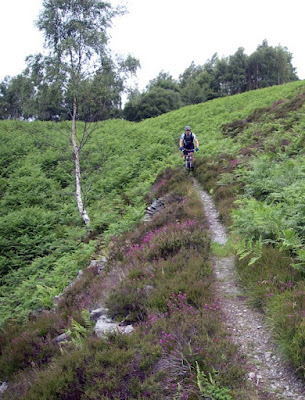It has to be said that an increasing number of complaints have been arriving here at seakayakphoto.com headquarters. A general theme is succinctly expressed by “Thirsty Paddler” who writes “Wot’s happened to sea kayaking pubs?” Well seakayakphoto.com reviews are renowned for their in depth analysis. Not for us, spotting a pub from the cockpit and writing a “review” from afar. No! All our sea kayaking pubs reviews depend on thirsty paddlers being served while dripping water and leaving a trail of sandy footprints from whence they came. This attention to detail takes time and our staff are not to be hurried in their task. Indeed our reviewers are renowned for their dedication to duty, even under the most adverse of conditions.
On our recent tour of the west coast of Mull we awoke on the isle of Ulva with the express intention of heading out to the Treshnish Isles, a mere 11 km to our west. However, on reaching the eastern tip of Gometra, a 4/5 easterly wind with the forecast of a 5/6 easterly in the morn convinced us that a change of direction was required. We decided to complete a circumnavigation of Ulva.

Tony doing some serious preparation for a seakayaking pubs review.

Quite unexpectedly we came across a pub. The
Boathouse has a convenient beach which leads up to the very door of the establishment.

Initially we were disappointed that there were no draught ales on sale as casks of ale are too difficult to deliver to the island. (There is no vehicular access, only a ferry for foot passenger plies the waters of the Sound of Ulva.) We were cheered however, to find ourselves seated beside the chilled drinks cabinet, which contained a fine selection of our favoured libations in both bottles and cans. (Note the spreading puddle on the floor!)

The Boathouse also serves an excellent selection of cold and hot soft drinks for those of more delicate constitution and balance. They also have a fine purvey of home baking including scones and carrot cake. What really took our fancy was the range of seafood, including oysters, scallops and Norwegian Prawns (langoustines). On enquiring if food was still available, (it was just before closing time at 5pm, the last ferry runs at 5 which explains the early closing) we were told it had been busy because of the rain and that the sea food was now finished. Sensing our disappointment, the girl said she could manage some prawns if we were willing to wait a little. I asked “how long?”, fully expecting that the ping of a microwave at the end of its defrost cycle would announce the crustaceans’ arrival. The girl pointed to the prawn boat edging into the jetty outside.
Well these prawns were simply superb they were served with home grown watercress, a delicate garlic butter and freshly baked brown bread. The meal was quite outstanding and deserved to be quaffed down with several more cans of Guinness (it would be imprudent to say how many). The Boathouse at Ulva is a marvellous institution that goes out of its way to welcome thirsty and hungry sea kayakers. It is highly recommended.

Well after closing time, we wended our way back to the boats and set off again into the rain and wind. Under the angry skies of a Scottish summer evening we were in search of dry lodging for the night…
Health warning.Reviewing sea kayaking pubs is an acknowledged risk activity. Participants should do so in a responsible manner so that they neither compromise their own nor others’ safety.


















































